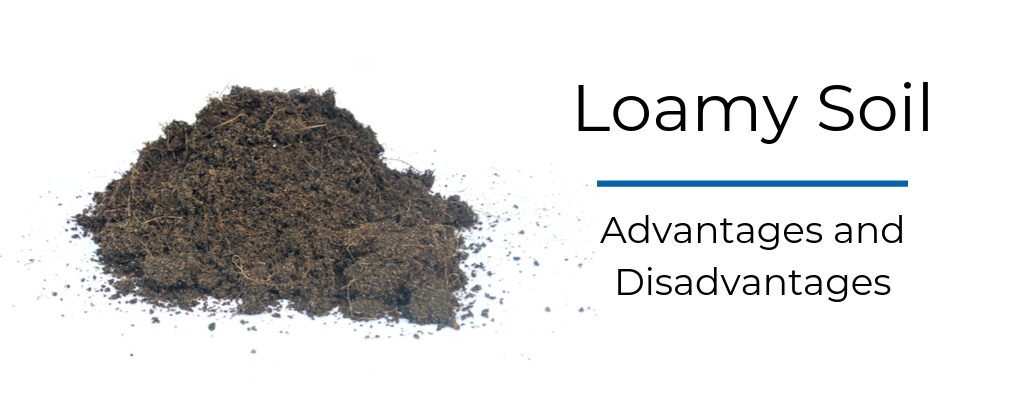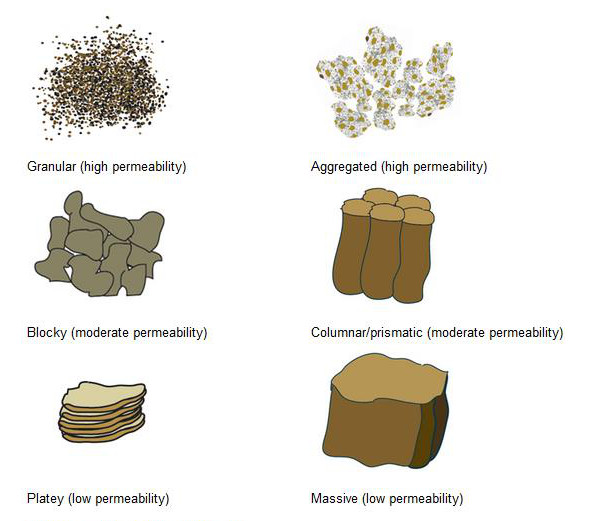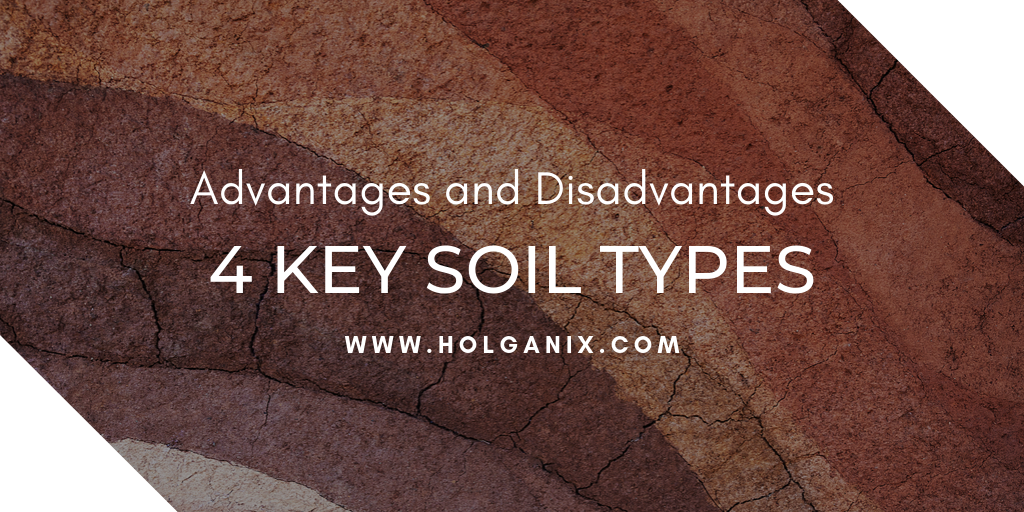Type C Soil Is the Least Stable Soil
Getting on and off. Cohesive soil with unconfined compressive strength of 05 tsf 48 kPa or less.

Soil Water Dynamics Learn Science At Scitable
Least transmissive layer in a soil if the layers above and below it have a saturated hydraulic conductivity of 23 micrometers per second 33 inches per hour.

. 5 Type C soil is the least stable soil. A natural solid mineral matter that can be excavated with vertical sides and remain. 4H1V only if the material would be classified as a Type B soil.
The least stable layer determine the classification. Solid Rock is the most stable and Type C soil is the least stable. Type C soil is the least stable type of soil and include granular soils in which particles dont stick together and cohesive soils with a low unconfined compressive strength.
Solid rock is the least stable and Type C soil is the most stable. Its important to remember that excavation areas can have all three soil types in different layers of the soil. Type C includes granular soils in.
Also included in this. A TRUE b FALSE 6 What type of soil cannot be benched. A Type A b Type B c Type C d None of the above.
05 tons per square foot or less. What soil is the least stable. 05 tons per square foot or less.
Gravel sand and loamy sand submerged soil soil from which water is freely. If you are unsure of the soil type always assume it is Type C. A TRUE b FALSE 8 Spoil.
Other Type C soils include granular soils such as gravel sand and loamy sand submerged soil soil from which water is freely seeping and submerged rock that is not stable. Stable rock is practically unachievable in the excavation of a trench. Type C includes granular soils in which particles dont stick together and cohesive soils with a low unconfined compressive strength.
Type C soil is the least stable type of soil. Type C soil is the least stable type of soil. For TYPE C soil and a trench depth of less than 20 feet the steepest.
3 rows Type C soil is the least stable type of soil. Soil removed from a trench must be kept at least two feet back from the edge of the trench. The incline of a slope for TYPE C soil is the flattest since TYPE C soil is the least cohesive and the most flowable.
The backhoe operator shall keep at least ___ feet from all overhead power lines. Material that is part of a sloped layered system where the layers dip into the excavation on a slope less steep than four horizontal to one vertical 4H1V but only if the material would otherwise be classified as Type B. Type C soil is very unstable because its particles dont stick together and it has a low compressive strength equal or less than 05 tons per square foot.
Be classified as a Type B soil. The least stable of the soil types is Type C soils. OSHA classifies soil into four groups.
05 tons per square foot or less. Other Type C soils include granular soils such as. Is type C the least stable soil.
Soil classification determines the appropriate trench protection measures to choose by consulting t he sloping and shoring tables in the ASTM standards. Seeping and submerged rock that is not stable. Water impermeable soil layers are among those types of layers recorded in the component restriction table of the National Soil Information System NASIS database.
Cohesive soil with an unconfined compressive strength of 05 tsf 48 kPa or less. Examples of Type C soil include gravel and sand. Soil with water seeping through creates instability and therefore are automatically classified as Type C soils regardless of soil type.
Type C Soil Type C means. The less clay in the soil makeup the better the trench wall will hold up. These include gravel and sand.
Cave-ins can be caused by. The most dangerous part of operating a backhoe is ____. It is a noncohesive soil composed of granular soils including sand gravel loamy sand submerged soil or soil from which water is draining submerged rock or soil in a sloped layered system where the layers dip into the excavation at a slope of.
Granular cohesion-less soils including angular gravel similar to crushed rock silt silt loam sandy loam and in some cases silty clay loam and sandy clay. Type B soil does not stick together as much as Type A soil. What is the most common soil type found in Florida Type A Type B are Type C.
Solid Rock Type A Type B and Type C. Of all the soil types this is the least stable and most hazardous and must be sloped at a 1-121 ratio or a 34-degree angle. Type C - granular soils or cohesive soils with unconfined compressive strength less than 05 tsf 48 kPa or any submerged or freely seeping soil or adversely bedded soils lateral earth pressure of 80 psf per ft of depth.
Type C soil - Type C soil This is the least stable soil. Soils are typed not only by how cohesive they are but also by the conditions in which they are found. When performing a soil test only one manual test and one visual test is required to be preformed.
Type C Soils are cohesive soils with an unconfined compressive strength of 05 tsf 48 kPa or less. Type C Soils i. This is the most stable soil type.
Solid rock is the most stable with Type C soil being the least stable. Type C soil is cohesive with an unconfined compressive strength of 05 tsf or less. Type C soil is the least stable type of soil.
Type C includes granular soils in which particles dont stick together and cohesive soils with a low unconfined compressive strength. Solid rock Type A Type B and Type C. Its compressive strength is between 05 and 15 tons per square foot.
B E R M U DA C O N S T R U C T I O N S A F E T Y C O U N C I L 7 The primary types of protective system are sloping benching shoring and sheilding. Examples of Type C soil include gravel and sand. Type C Soils Are cohesive soils with an unconfined compressive strength of 05 tsf 48 kPa or less.
Depending on water saturation or seepage the angles may need to be greater than 34 degrees for employee safety. OSHA classifies soils into four categories. Type C includes granular soils in which particles dont stick together and cohesive soils with a low unconfined compressive strength.

Soil Texture An Overview Sciencedirect Topics

Soil Profiles An Overview Sciencedirect Topics

4 Key Soil Types Advantages And Disadvantages

Session 6 Basics Of Soil Flowful

Soil Soil Behaviour Britannica

What Is Soil Structure And Why Is It Important Deeproot Blog

What Are Soils Learn Science At Scitable

Soil Different Types And The Importance Of Soil Youtube

What Are Soils Learn Science At Scitable

What Are Soils Learn Science At Scitable

4 Key Soil Types Advantages And Disadvantages

Excavations Benching And Sloping Toolbox Safety Talk Environment Health And Safety

Trench And Excavation Safety Soil Types Oshacademy Free Online Training





